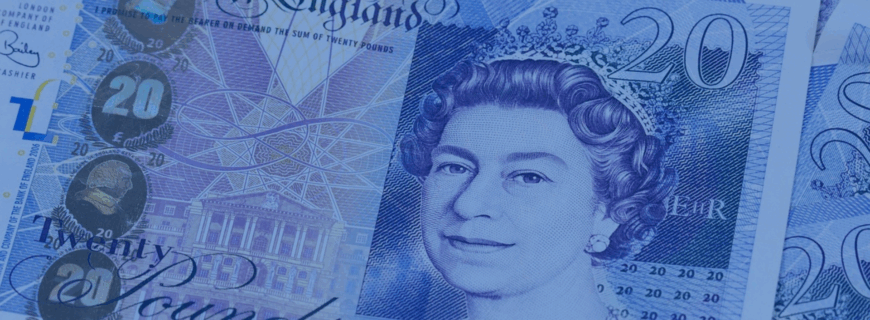It’s been a while since savings accounts turned heads, but here we are: 5% AER on easy-access cash. It feels like a win, finally, your money’s earning something without lifting a finger. But before you go stuffing every spare pound under the metaphorical mattress, it’s worth asking: is this the smartest move for your long-term wealth?
Let’s break it down.
Today’s Rates Look Great, But Are They Really?
Yes, with top easy-access deals paying between 4.90% and 4.96% AER as of July 2025, cash finally feels rewarding again… But zoom out a little.
The FTSE 100 delivered a 6.3% annualised total return between 2003 and 2023, including dividends. That’s not to say stocks are “better” – they come with more bumps – but over the long haul, they tend to outpace cash.
And the bond market? It’s not been thrilling lately, but it still averages 3–5% over time, depending on the mix. So 5% in cash feels competitive, but it’s not as clear-cut once you factor in inflation.
The Sneaky Wallet Thief
If your savings rate is 4.96% but inflation averages 3.2% across 2025, your real return is closer to 1.7%, and possibly lower in months where CPI peaks near 3.8%. That’s the money you actually get to keep in terms of purchasing power.
In plain English: the £10,000 you leave in a savings account today might still say £10,000 next year, but it won’t buy you as much. Whether that’s fewer groceries, smaller holidays, or less retirement comfort, the cost is real.
What You Miss by Sitting on the Sidelines
Let’s say you’ve got £30k sitting in cash. It’s liquid, it’s safe, it’s comforting. But over 10 years at 5%, that grows to about £48,900. Not bad.
Now, let’s say you invested it in a diversified portfolio that earns 7% annually. You’d have around £59,000 after a decade. That’s a £10k difference for doing nothing other than tolerating a bit more movement.
And that’s not even factoring in the potential tax perks. If that £30k had been inside a Stocks & Shares ISA, your growth would’ve been tax-free. Leave it in a regular account, and you could face tax on interest above your personal savings allowance (especially if you’re a higher-rate taxpayer). Remember, the personal savings allowance is capped at £1,000 for basic-rate taxpayers and £500 for higher-rate taxpayers; anything above that could be subject to income tax.
When Cash Is the Right Call
We’re not anti-cash. In fact, we love a healthy emergency fund. But it’s there for… well, emergencies.
Here’s when keeping money in cash makes sense:
- You’ll need it in the next 1–2 years (for a house deposit, a car, or a big life moment).
- You’re building or replenishing your emergency pot (aim for 3–6 months of expenses).
- You’re genuinely losing sleep over market moves, and need time to build confidence.
But long-term wealth isn’t built on savings accounts alone.
So, What’s the Right Mix?
It’s not “cash vs. investing”, it’s about matching the tool to the job. Cash gives you flexibility. Investments give you growth. A smart plan uses both.
The trick is knowing how much to keep liquid and when to start drip-feeding the rest into long-term investments. Ideally, using tax wrappers like ISAs (up to a combined £20,000 annually across all ISA types) or pensions, where growth and income are shielded from tax.
If you’re unsure where to begin or whether your current setup is still working for you in 2025’s rate environment, we can help.
Let’s Chat Strategy
Book a quick review with Cedar House, and we’ll walk you through:
- Cash holdings and the right level for your situation
- Whether your portfolio is working hard enough
- Simple, tax-smart ways to make your money do more
📞 020 8366 4400
📧 enquiries@cedarhfs.co.uk
